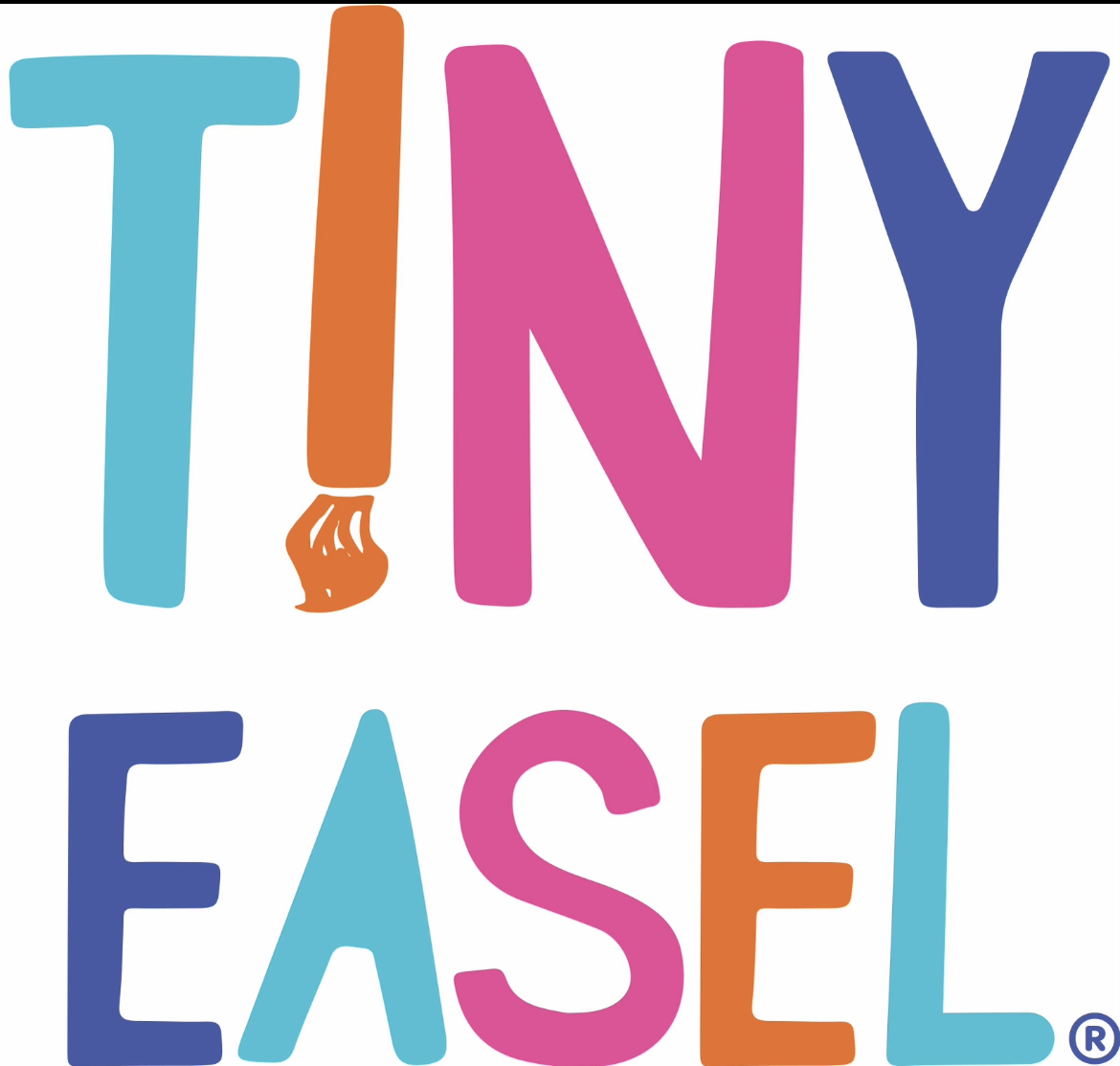If you’ve ever dreamed of growing your own lush garden but felt overwhelmed by where to start, you’re not alone. Gardening can seem like a daunting task, full of unfamiliar terms, tools, and techniques. But the truth is, with the right approach and a bit of guidance, starting your first garden can be a joyful, rewarding experience. It’s not just about planting seeds; it’s about cultivating beauty, learning patience, and connecting deeply with nature. This guide will help you take that first step into the wonderful world of gardening.
Why Start a Garden?
Gardening offers a unique blend of benefits for the mind, body, and environment. First and foremost, a garden is a serene escape from the fast-paced world. The simple act of tending to plants—watching them grow and flourish—is a rewarding practice that can help reduce stress and boost your mental health. Gardening also encourages physical activity, requiring you to dig, plant, and prune. It’s a great way to stay active while enjoying the outdoors. Not to mention, growing your own herbs, fruits, and vegetables can lead to healthier eating habits, giving you and your family access to fresh, organic produce right at your doorstep.
Moreover, cultivating a garden contributes to the environment. Your little plot can provide a haven for pollinators like bees and butterflies, help maintain biodiversity, and support a more sustainable way of life. Whether you want a vegetable garden or simply a bed of beautiful flowers, the journey starts with the right knowledge and enthusiasm.
Choosing the Right Spot
One of the most important factors in establishing a successful garden is choosing the right location. Before you start digging, observe your yard or available space carefully. Plants need sunlight to thrive, and most vegetables and flowering plants require at least six to eight hours of direct sunlight each day. Look for a spot that meets this requirement.
Consider convenience as well. Choose a location that is easily accessible, preferably close to a water source. When you can quickly reach your garden, you’re more likely to take care of it regularly. Proximity to your kitchen can also be handy if you plan on growing herbs or vegetables—just imagine stepping outside and plucking fresh basil for tonight’s dinner!
If your space is limited, don’t worry—gardens come in all shapes and sizes. Even a balcony or a small patio can be transformed into a thriving container garden. It’s all about maximizing what you have.
Preparing the Soil
Healthy soil is the foundation of any successful garden. The first thing to understand is that plants draw nutrients from the soil, so ensuring it’s nutrient-rich is key. Start by testing your soil—kits are available at most garden centers or online. A soil test will tell you what kind of amendments it needs, whether it’s more compost, organic matter, or a specific mineral.
Next, clear out any weeds and loosen the soil by turning it over with a shovel or garden fork. Breaking up compacted soil allows for better root growth and water infiltration. If the soil quality isn’t great, mix in compost to improve its fertility and structure. Compost, often referred to as “black gold” by gardeners, will provide essential nutrients, boost the microbial health of the soil, and improve water retention.
If you’re working with limited space or poor soil quality, consider building raised garden beds. Raised beds not only provide optimal soil conditions but also make gardening more accessible, reducing the need for bending and kneeling.
Choosing Your Plants
Now comes the exciting part—choosing what to grow! Your choice of plants will depend on a few factors: your climate, the amount of sunlight your garden receives, and your personal preferences. Start by considering easy-to-grow plants that will provide a quick reward, like tomatoes, lettuce, or marigolds.
For beginners, it’s best to start small. A garden plot of about 4 x 4 feet is a manageable size that can hold a variety of plants without being overwhelming. If vegetables are your primary interest, start with reliable, low-maintenance options such as tomatoes, cucumbers, zucchini, or peppers. Herbs like basil, mint, and parsley are also excellent for beginners because they grow quickly and can easily be used in cooking.
Flowers are also a great addition to any garden. Marigolds, zinnias, and sunflowers are not only beautiful and easy to grow, but they also attract beneficial insects that can help protect your garden from pests.
Planting with Care
Timing is key when it comes to planting. Each plant has its preferred season—some thrive in the cool temperatures of spring and fall, while others love the heat of summer. Consult your local gardening zone information to determine the ideal planting time for each variety.
When planting, follow the spacing guidelines on seed packets or plant tags. Overcrowding can lead to competition for light, water, and nutrients, which weakens plants and makes them more susceptible to disease. Ensure your plants have enough space to grow and get adequate air circulation.
Watering is another crucial aspect of plant care. New plants require regular watering to establish their roots. Aim to water in the morning or late afternoon to minimize evaporation and give the plants time to absorb the moisture. As a rule of thumb, water deeply but less frequently—this encourages the roots to grow deeper and makes the plants more resilient during dry periods.
Maintaining Your Garden
The work doesn’t end after planting—maintaining your garden is an ongoing process. This includes watering, weeding, mulching, and pruning. Mulch is your garden’s best friend—it helps retain moisture, suppress weeds, and improve soil quality over time. Organic mulches, such as straw or wood chips, will break down and add nutrients to the soil.
Weeding is an essential chore that can’t be overlooked. Weeds compete with your plants for nutrients and water, so removing them regularly will help your garden thrive. Pruning, or cutting back dead or overgrown branches, keeps plants healthy and encourages new growth.
Pests can also be a challenge, but not every insect in your garden is a foe. In fact, many bugs, like ladybugs and lacewings, are beneficial and will help keep harmful pests under control. You can encourage beneficial insects by planting flowers like alyssum or dill, which attract them. If pest problems arise, opt for organic solutions whenever possible, like insecticidal soaps or homemade sprays using natural ingredients.
Enjoying the Fruits of Your Labor
There’s nothing quite like the feeling of harvesting your own vegetables or seeing your flowers bloom for the first time. Gardening is a journey that requires patience, but the results are truly rewarding. As you become more experienced, you may want to expand your garden, grow new varieties, or experiment with different growing techniques.
Gardening isn’t just about the end result—it’s also about enjoying the process. It’s the quiet mornings spent watering your plants, the excitement of spotting the first tomato of the season, and the joy of sharing your homegrown produce with friends and family. Gardening can become a lifelong passion, offering endless opportunities for learning and growth.
Tips for Long-Term Success
The key to a thriving garden is consistency. Regular attention to watering, weeding, and pest management will help your plants grow strong and healthy. Observe your garden daily, noting any changes in your plants’ appearance—yellowing leaves, drooping stems, or spots can indicate potential problems that need addressing. The more in tune you are with your garden, the better equipped you’ll be to provide the care it needs.
Another tip is to keep a gardening journal. Documenting what you plant, when you plant it, and the results will help you learn from your successes and mistakes. A journal can also help you track which plants worked well in your space and which struggled, allowing you to plan better for future seasons.
Lastly, don’t hesitate to reach out to your local gardening community. Whether it’s a nearby garden center, a local club, or even an online group, gardening communities are full of experienced individuals who can provide advice, support, and inspiration. Gardening is an art, and like any art form, it’s enriched by shared knowledge and passion.
Starting your first garden may seem like a big challenge, but the truth is that it’s made up of many small, manageable steps. Each seed you plant and each leaf you watch unfold will deepen your connection to nature and provide a deep sense of accomplishment. With time, effort, and a little patience, you’ll find that the garden you grow will bring endless beauty and satisfaction to your life.








